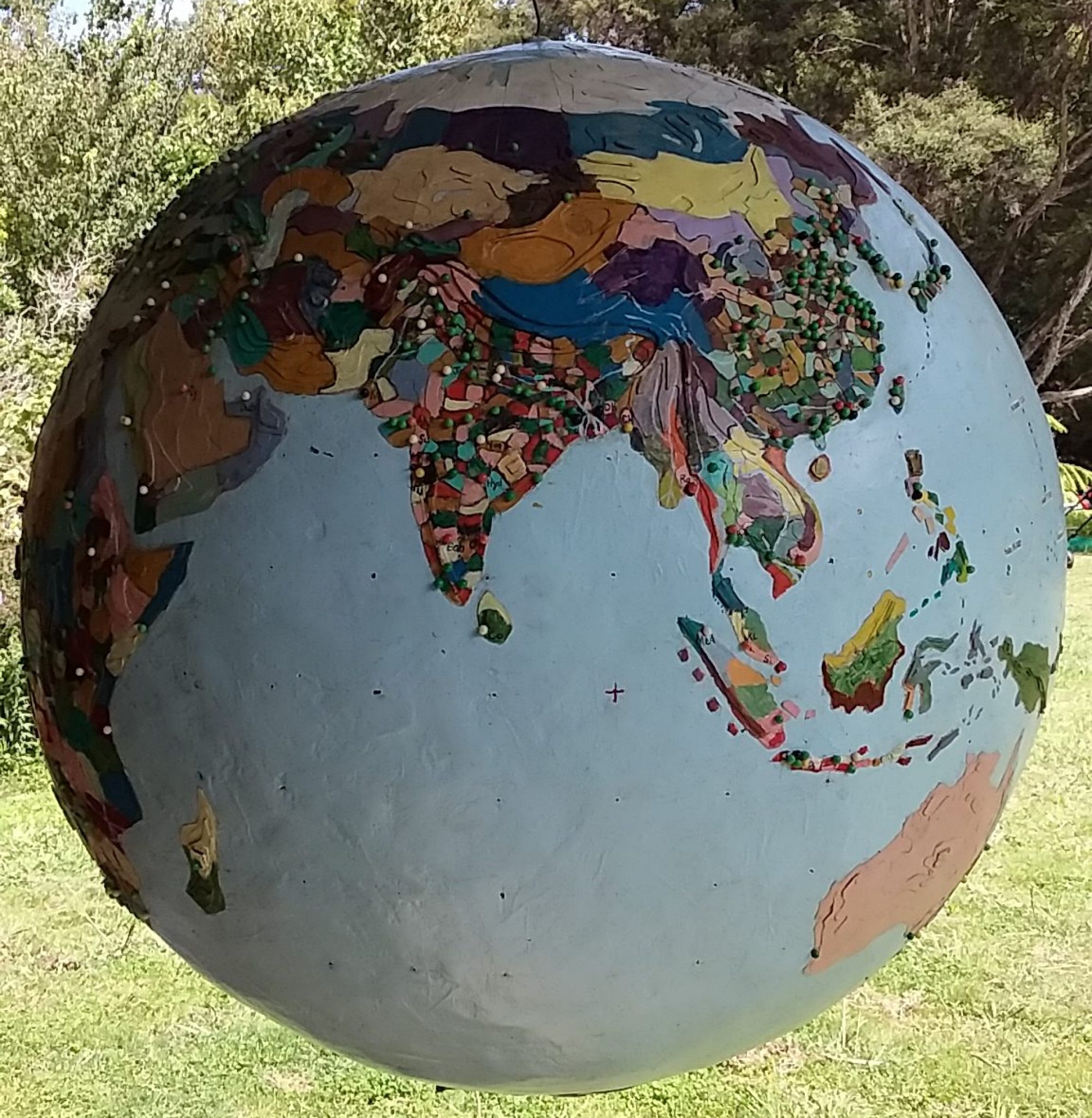In the 1960s and eccentric English aristocrat, Alexander Thynn, the seventh Marquess of Bath, proposed that the world should consist of a thousand roughly equal population states.
Alexander’s father had been wounded in North Africa in World War II, and his father had only become the previous sixth marquess because his older brother had been killed in the Belgium trenches in World War I. Empires cause wars young Alexander reasoned – better to dismantle empires.
At the time New Zealand along with 70 other states such as Austria, Cuba, Israel and Laos – fell into that order of magnitude. Let’s call them millispheres – a state inhabited by roughly one thousandth of the total world population.
Since then another 20 states have joined the list of millispheres. Newly independent states such as Belarus, Turkmenistan, Bosnia and Croatia have appeared after the sundering of the former Soviet Union and Yugoslavia, while Czechoslovakia split into the Czech Republic and Slovakia.
Newly independent colonies such as Papua New Guinea have become millispheres. Most recently South Sudan voted to become one, while Syria is trying to break up and to illustrate the marquess’ original observation, the main suppliers of military hardware to that conflict are the United States, Russia and China.
In India there are aspirant millispheres such as Bodoland and Gorkhaland, and there is the Chin state in Burma, and the millisphere of Kashmir straddling the India-Pakistan border.
Indonesia, after the fall of Suharto, devolved political and economic powers to their regions, many roughly the size of millispheres, to placate independence campaigns in regions such as Banda Aceh.
China, on its periphery, has aspirant millispheres such as Hong Kong, Tibet and Xinjiang and in Europe there are independence movements in the Basque country, Catalonia and Flanders.
In all, the geo-political trend since World War II indicates the move to a world of “millispheres” along the Marquess of Bath’s lines. Even the United States is not immune. In June 2016 when a 52-48 majority in the United Kingdom voted to leave the European Union, using the hashtag #Brexit, there was renewed interest that Texas formalise efforts to secede from the United States, using the hashtag #Texit.
The UK, after their historic Brexit vote, faces renewed calls for Scotland’s independence. During Scotland’s recent vote on whether to leave the UK and form an independent Scotland but still be in the EU, the “Yes” faction believed Scotland should take back responsibility, secure funds from North Sea oil and stop building nuclear weapons, and use their resources and finances to create jobs, with more equal wages and a fairer social system.
Meanwhile the “No to independence” faction ran a campaign of fear. Scotland can’t make its way in on its own, they said, adding that independence created an unsure economic future with doubtful benefits for the individual.
They theorised that it was doubtful whether the UK would remain in the EU (which came to pass). The pro-uk bloc followed the military line that in a dangerous world it is better to have strong partners and nuclear weapons.
Should the Marquess of Bath’s prediction of a world of one thousand independent “millispheres” come to pass, what would this mean for the UK?
It would mean an independent Scotland and Wales, and Northern Ireland would have no option but to join with the rest of Ireland. The millisphere of the Greater London urban area would probably continue as one of the great global financial centres and to the north there would be another largely urban millisphere centred on Manchester, with the rest of England divided into four or five rural/urban millispheres.
To the southwest of London there would be the millisphere of “Swessex” (Wessex and the Southwest) where the Marquess of Bath, now in his 80s, still lives.
The disintegration of the world’s superpower states and the creation of more millispheres probably wouldn’t mark the end of the world, and it might just put and end to war.
In the meantime the millisphere is merely another lens to examine human geography.
